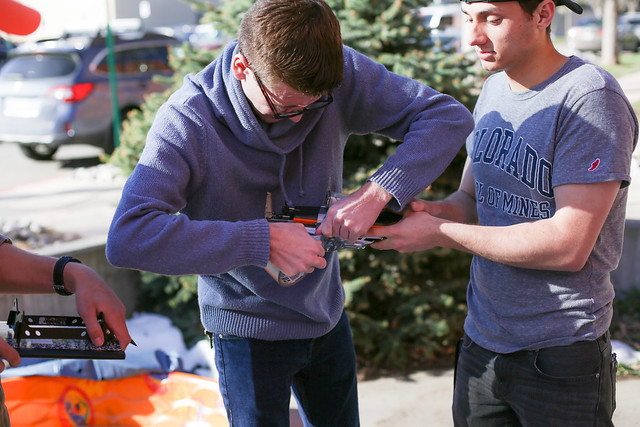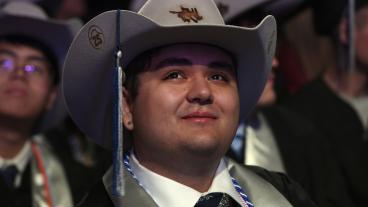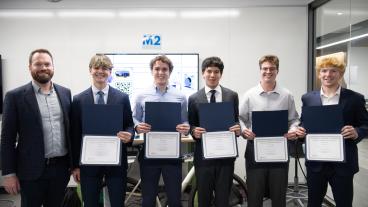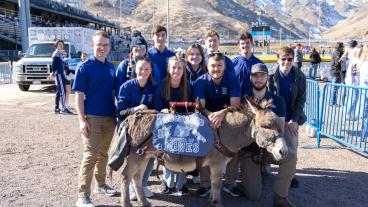More than 500 first-year students have been wrestling with the problem of removing and processing plastic debris from oceans and shorelines during this semester’s EPICS 1 course. The top 20 teams will present their designs and prototypes at the final EPICS Competition at 5:30 p.m., May 5, in the Green Center.
Each semester, first-year Mines students tackle a different real-world problem, while being introduced to technical, open-ended problem-solving. Last semester students worked on landmine detection, and the previous spring on wheelchair designs.
"The EPICS program has made a number of changes under leadership from the current director, Leslie Light,” said CECS Dean Kevin Moore.
“In addition to the increased rigor and management-related changes, what I am most excited about is the ongoing integration of the concepts of Human-Centered Design Thinking into the course,” continued Moore. “This methodology, which grew out of the Institute for Design at Stanford and has been promulgated by IDEO, considers the human perspective in all stages of the design process. It helps students begin to understand why we engineer or otherwise innovate in the first place."
Mines EPICS program has added additional permanent faculty, developed more uniform grading policies across sections, and streamlined some practices.
“We still have a focus on communication,” said EPICS Director Leslie Light, “but we’ve expanded deliverables to include stakeholder perspectives as well as the test-refine-iterate cycle. We take a scaffolding approach to solving open-ended problems that apply to science as well as engineering.”
“For example, students are introduced to Gantt chart basics in EPICS, then go deeper into project planning in EPICS 2,” Light explained. “Within CECS, we work with Senior Design Director Jered Dean so that students are building on that foundation to go deep, knowing to build prototypes based on the experiments they need.”
Mines students often take pride in quickly arriving at solutions, which can be a key to success in a typical classroom. EPICS —and intelligent design—require a bit more.
“We ask students to slow down, to learn more about their clients’ perspective, question their own assumptions, and take a systemic approach to solving problems,” said Light. “The world is full of poorly designed solutions, often created by smart people who committed to one solution before fully understanding the problem. EPICS seeks to change that trend.”
You can glimpse the variety of designs from this semester’s ocean debris challenge below, and don’t miss seeing the top teams at Thursday’s competition event.
Contact:
Deirdre Keating, Information Specialist, College of Engineering and Computational Sciences | 303-384-2358 | dkeating@mines.edu
Karen Gilbert, Director of Public Relations, Colorado School of Mines | 303-273-3541 | kgilbert@mines.edu




